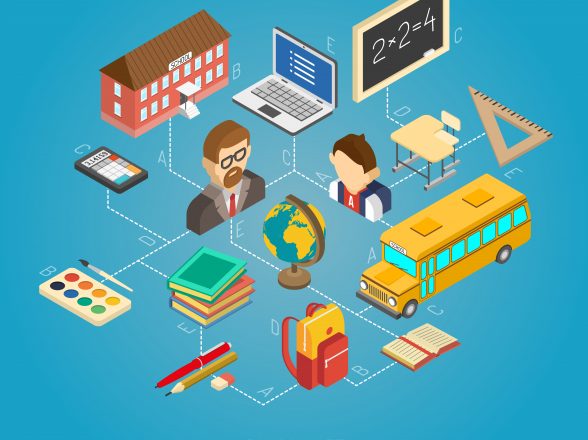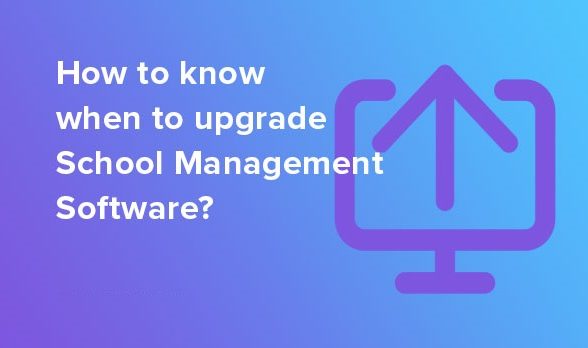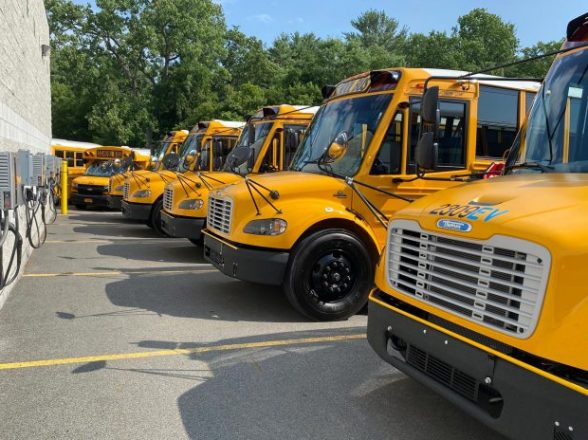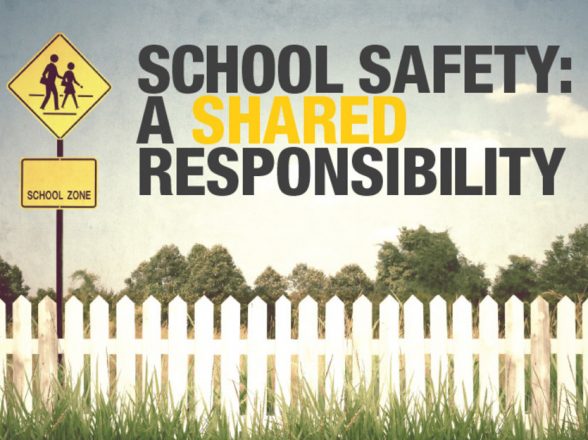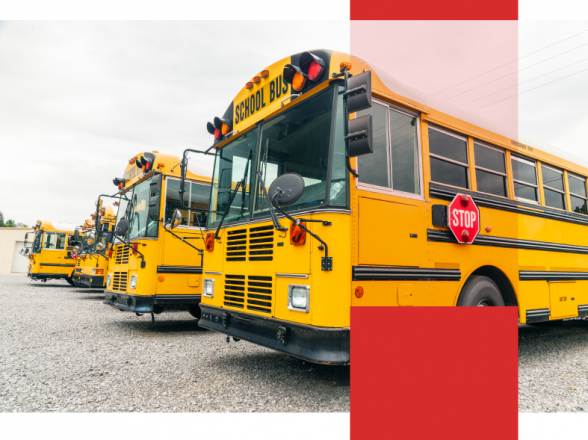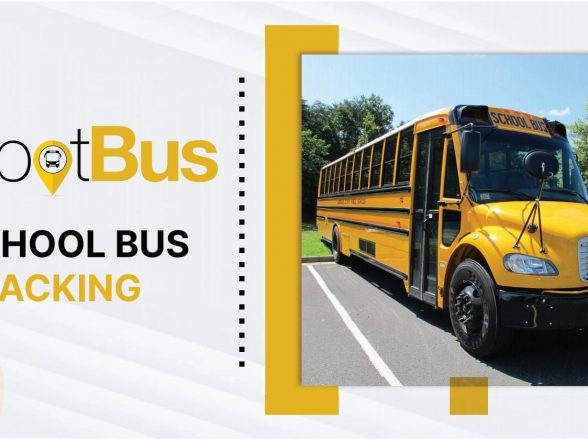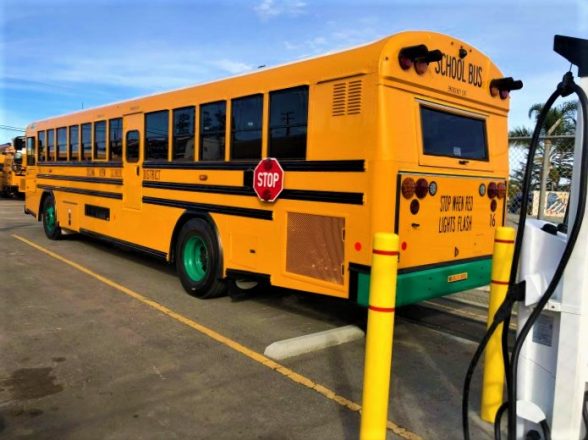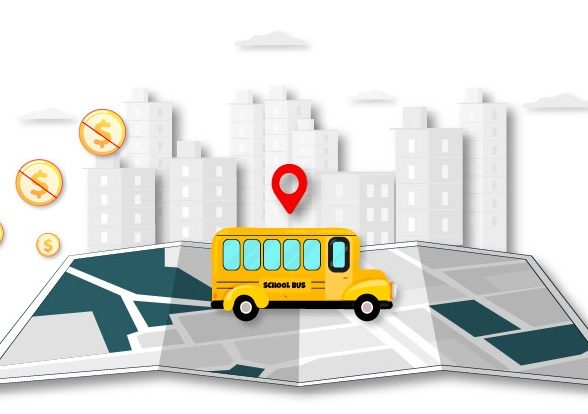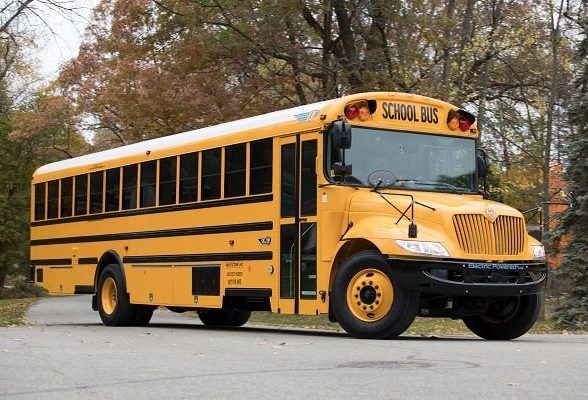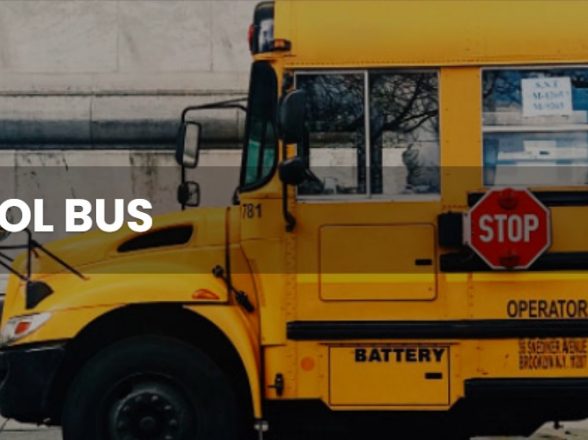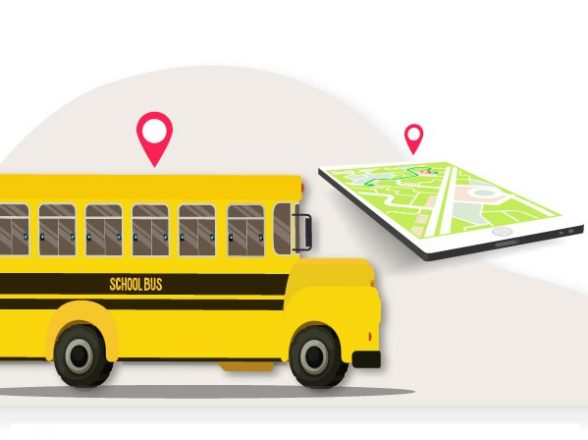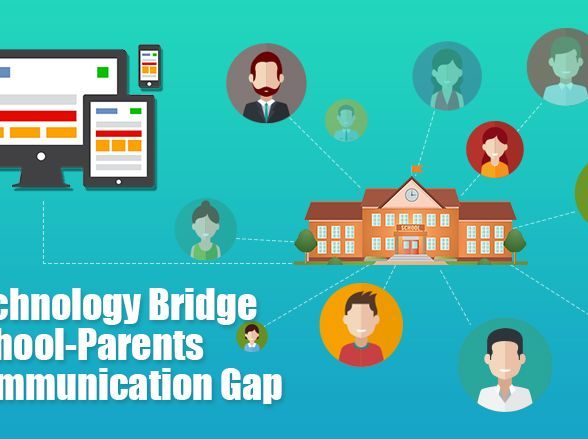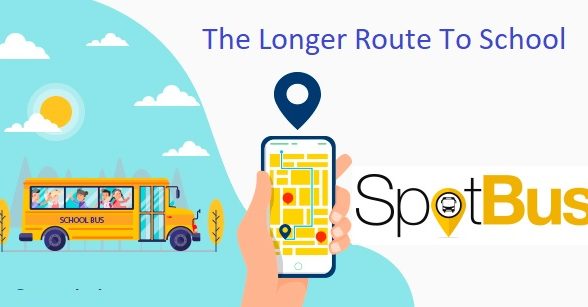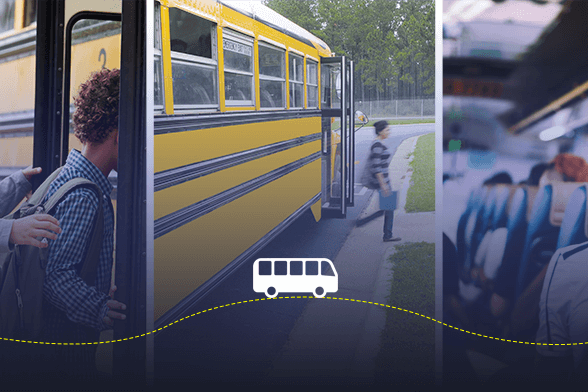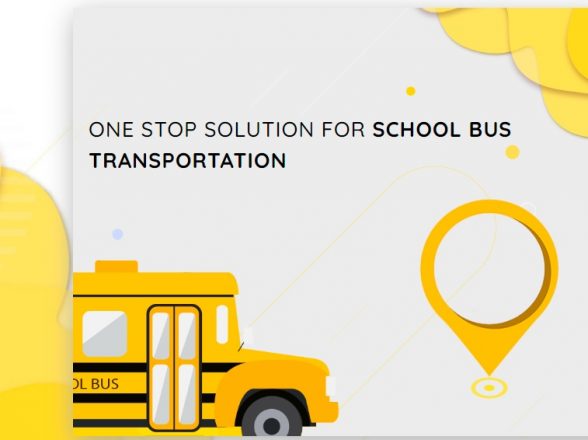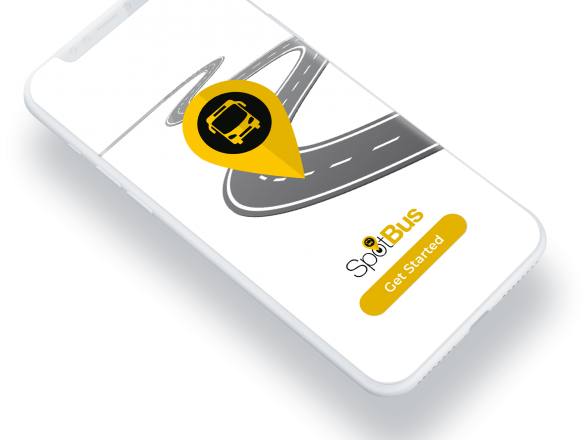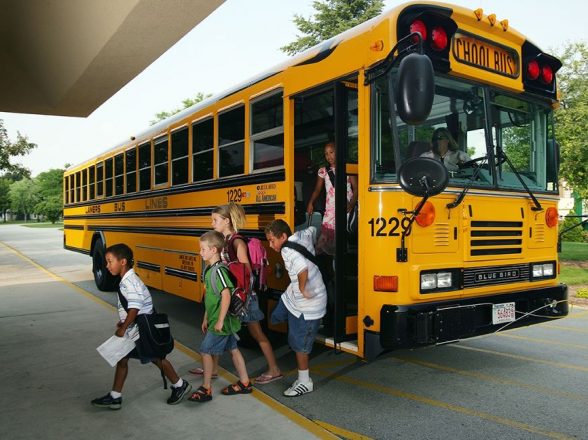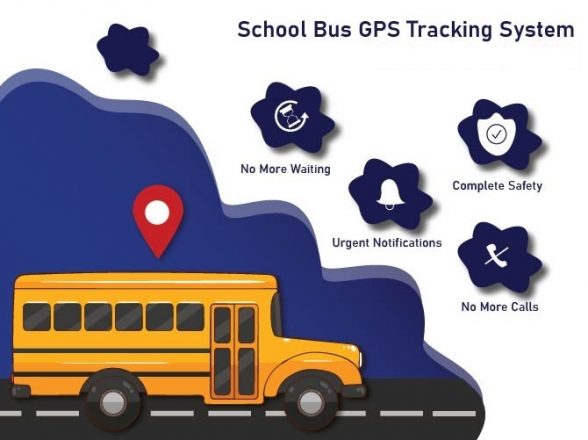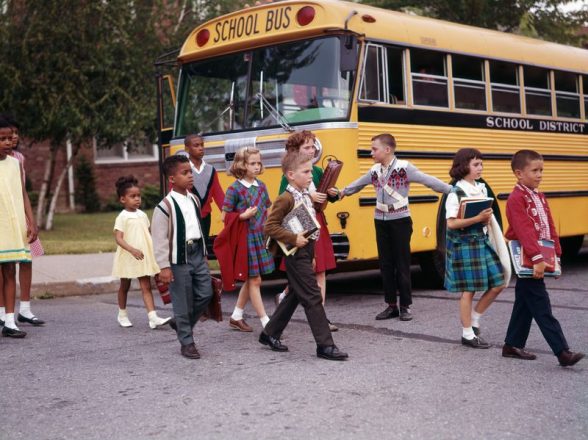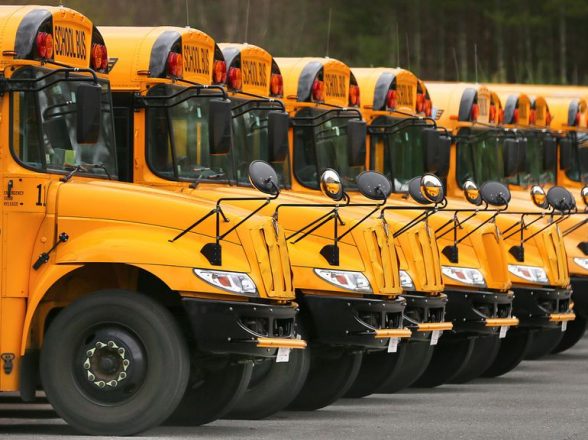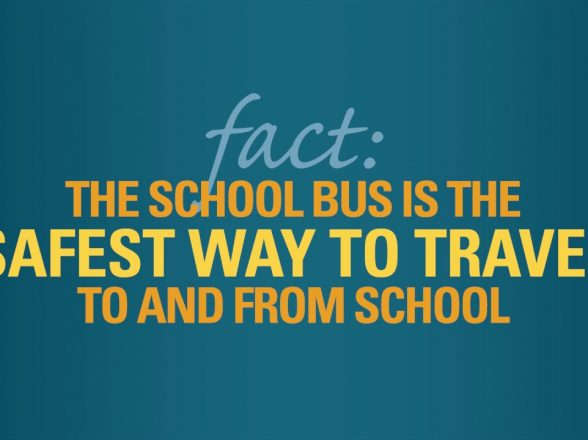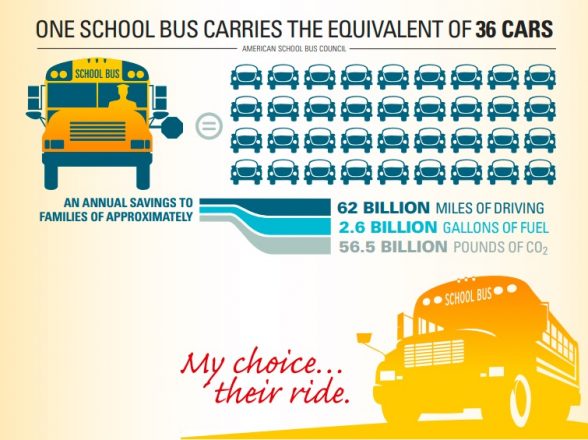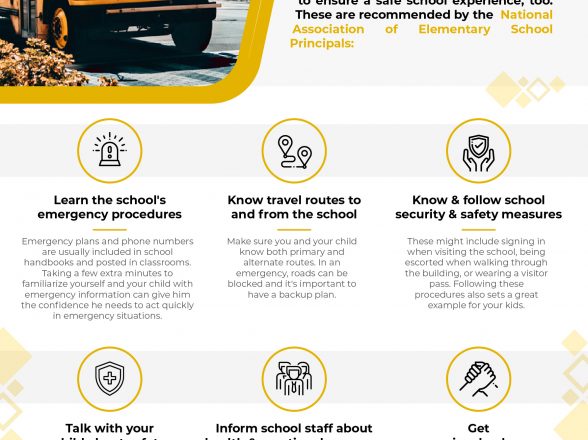Enhancing Student Safety: Effective On Boarding and Off Boarding of Students
The daily routines of on boarding and off boarding of students from school buses are critical aspects of school transportation that demand utmost attention. These processes are vital for ensuring student safety, efficiency, and reliability in school transportation systems. The integration of advanced technologies like the school bus driver app with turn by turn navigation, live GPS tracking, and meticulous trip inspection for school buses have significantly improved these procedures. Let’s explore how these technologies are transforming the way we manage student transportation.
Importance of On Boarding and Off Boarding of Students
The processes of on boarding and off boarding of students are crucial for several reasons:
- Safety: Ensuring that students board and alight the bus safely is paramount. Proper procedures prevent accidents and ensure that students are accounted for at every stage of their journey.
- Efficiency: Streamlined boarding and alighting procedures help maintain bus schedules and reduce delays, ensuring students reach school and home on time.
- Accountability: Accurate tracking of students during these processes ensures that no student is left behind or goes missing, providing peace of mind to parents and school administrators.
School Bus Driver App with Turn by Turn Navigation
One of the significant advancements in school transportation technology is the school bus driver app with turn by turn navigation. This app provides several benefits:
- Improved Navigation: The app offers real-time, turn by turn navigation to school bus drivers, ensuring they follow the most efficient routes and avoid traffic congestion. This feature helps maintain punctuality and reduces fuel consumption.
- Safety Alerts: The app can alert drivers about road hazards, accidents, or route changes, enabling them to make informed decisions and maintain the safety of students.
- Communication: The app facilitates communication between drivers, school administrators, and parents, ensuring everyone is informed about the bus’s progress and any delays.
- Efficiency: By providing optimal routes and real-time updates, the app helps improve overall efficiency, ensuring that buses run on time and students reach their destinations promptly.
Live GPS Tracking and Student School Bus Tracking
Live GPS tracking and student school bus tracking are indispensable tools for modern school transportation systems. Here’s how they enhance the on boarding and off boarding of students:
- Real-Time Monitoring: Live GPS tracking allows school administrators and parents to monitor the exact location of the bus in real-time. This feature provides peace of mind and ensures that any deviations from the planned route are immediately noticed and addressed.
- Attendance Tracking: Integrating student school bus tracking systems with GPS allows for accurate recording of student attendance on the bus. This ensures that every student is accounted for during boarding and alighting.
- Emergency Response: In case of emergencies, real-time location data helps in quickly locating the bus and dispatching assistance. This ensures the safety and well-being of students.
- Parental Notifications: Parents can receive real-time notifications about the bus’s location and estimated arrival times, allowing them to be prepared for their child’s arrival and departure.
Trip Inspection for School Buses
Trip inspection for school buses is a critical procedure that ensures the safety and reliability of the vehicle before and after each trip. Here’s how it enhances the on boarding and off boarding of students:
- Pre-Trip Inspection: Before the bus starts its route, a thorough inspection is conducted to ensure that all systems are functioning correctly. This includes checking the brakes, lights, tires, and safety equipment. A well-maintained bus reduces the risk of breakdowns and accidents, ensuring a safe journey for students.
- Post-Trip Inspection: After completing the route, another inspection is performed to identify any issues that may have arisen during the trip. This ensures that any necessary repairs or maintenance are conducted before the next trip, maintaining the bus’s safety and reliability.
- Documentation: Keeping detailed records of each trip inspection helps in maintaining compliance with safety regulations and provides a history of the bus’s maintenance. This documentation is crucial for accountability and ensuring the long-term safety of the vehicle.
- Driver Responsibility: Regular trip inspections encourage drivers to take responsibility for the condition of their vehicle. This promotes a culture of safety and diligence among school bus drivers.
Integration of Technologies for Enhanced Safety
The integration of technologies such as school bus driver apps, live GPS tracking, and trip inspection for school buses creates a comprehensive system that ensures the safety and efficiency of student transportation. Here’s how these technologies work together:
- Coordinated Efforts: The school bus driver app with turn by turn navigation and real-time communication features coordinates with live GPS tracking systems to ensure that the bus follows the safest and most efficient routes. This coordination helps maintain schedules and reduces the risk of accidents.
- Real-Time Data: Real-time data from GPS tracking and the driver app allow for immediate response to any issues that arise during the trip. Whether it’s a route deviation, a delay, or an emergency, the system ensures that school administrators and parents are informed and can take appropriate action.
- Enhanced Accountability: Accurate tracking of student attendance and detailed records from trip inspections ensure that every aspect of the transportation process is accountable. This reduces the risk of errors and enhances the overall safety and reliability of the system.
- Parent Engagement: The integration of parent communication features ensures that parents are always informed about their child’s journey. This engagement builds trust and ensures that parents are reassured about their child’s safety.
Future Prospects and Innovations
The future of on boarding and off boarding of students looks promising with ongoing technological advancements. Innovations such as biometric authentication, where students use fingerprint or facial recognition to board and alight the bus, are being explored. These technologies ensure accurate attendance records and enhance student safety.
Moreover, advancements in artificial intelligence and machine learning can further improve route optimization and safety features. AI algorithms can analyze traffic patterns and historical data to suggest the most efficient routes and predict potential delays, ensuring a smoother and safer journey for students.
Conclusion
The processes of on boarding and off boarding of students are critical for ensuring the safety, efficiency, and reliability of school transportation. The integration of advanced technologies such as the school bus driver app with turn by turn navigation, live GPS tracking, and meticulous trip inspection for school buses has revolutionized these processes. By leveraging these technologies, schools can ensure the safety and well-being of students, enhance communication with parents, and improve overall transportation efficiency.
Investing in these technologies is a crucial step towards creating a safer, more efficient, and more reliable school transportation system. As technology continues to advance, the future holds even greater promise for innovations in student transportation, ensuring that the journey to and from school is safe and reassuring for everyone involved.


